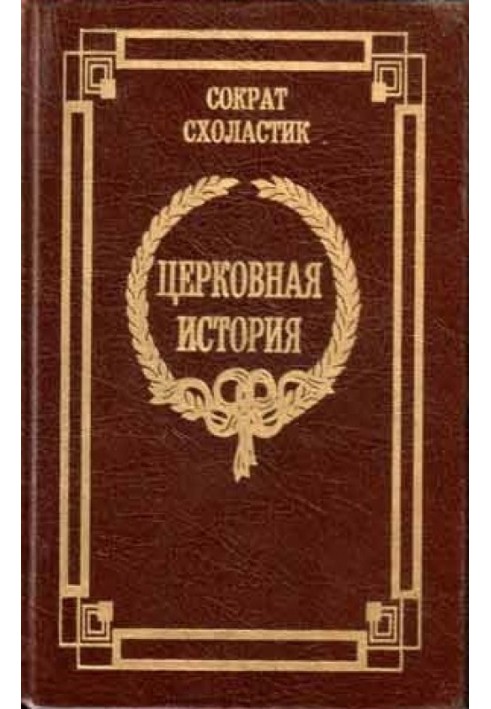Church history
 Instant download
Instant download
after payment (24/7)
 Wide range of formats
Wide range of formats
(for all gadgets)
 Full book
Full book
(including for Apple and Android)
The work of Socrates Scholasticus covers the years 305-439, and scholars suggest that it was completed precisely in 439 or shortly thereafter and, of course, during the life of Theodosius II, that is, before 450. The author's task was to write a continuation of Eusebius's Ecclesiastical History, and he begins with the year where his predecessor left off his narrative. The book is written in simple Greek, the language used in the church from the time of Constantine to the period of the life of Socrates. Church disagreements come to the fore in the work, since “when the Church is in the world, the church historian has nothing to describe.” In the introduction to Book 5, the author also defends interaction with Arians and politicians. He quotes verbatim some of the resolutions of the synods and provides lists of church officials and bishops. He reproduces contemporary history from his own memories. The point of view of Socrates Scholasticus is consistent and balanced on many points. His membership in the small Novatian society most likely helped him maintain a relatively detached point of view when looking at the processes in the Great Church. He is critical of John Chrysostom. He is careful not to use hyperbolic epithets in relation to prominent persons of church and state. The scholastic claims that he owes the impulse to write this book to a certain Theodorus, who in the 2nd Book is referred to as “a holy man of God,” and it is therefore assumed that he was a monk or representative of the highest clergy.
Data sheet
- Name of the Author
- Сократ Схоластик
- Language
- Russian












